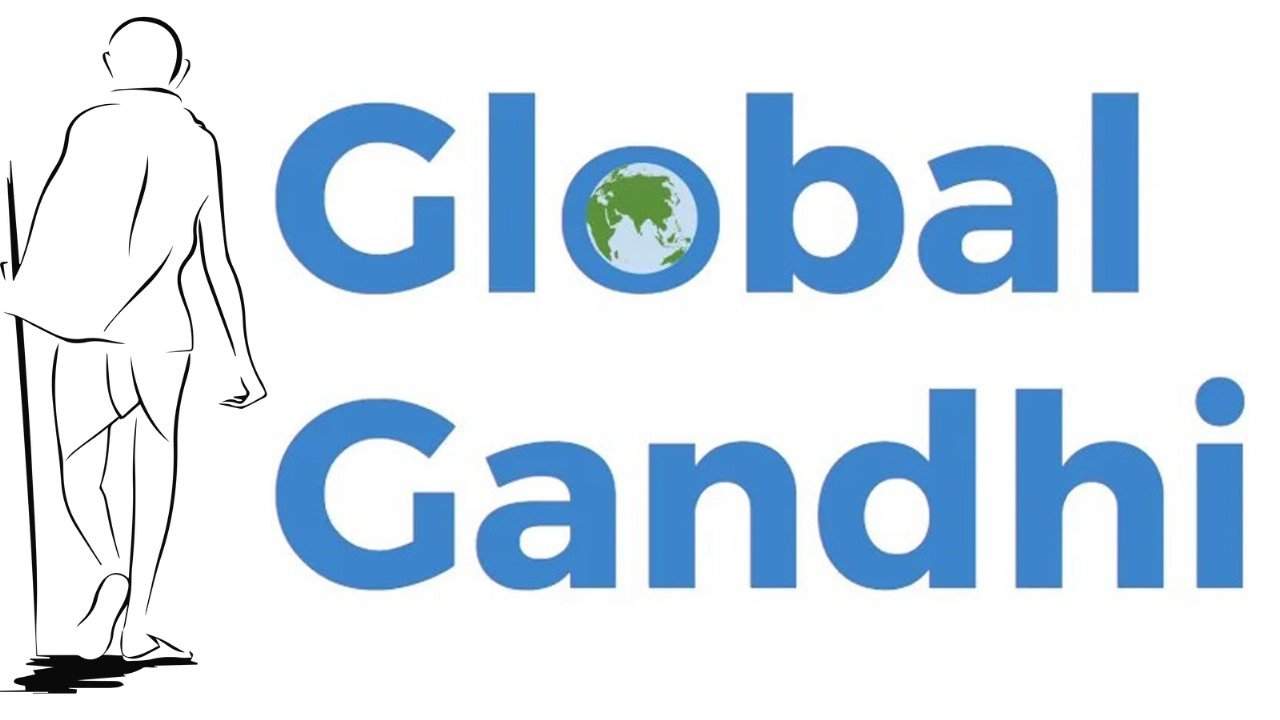-by Charles P. Busch

The courage of the Ukrainian people is real. Overcoming fear, they stand firm against the invasion of the Russian Army. With hand-guns, their troops face tanks and planes. Citizens pour gasoline into empty bottles, ready to light and throw. President Zelensky goes to the trenches to join the troops. Ukrainian men and women who live in other countries rush back by the thousands to defend their homeland.
We who live far off watch the news, and pray for them. We donate funds. Welcome refugees. Wear blue and yellow patches. We feel a solidarity with them. We feel a renewal of our own humanity.
Still, it is war. The business of killing.
Wars used to be fought on battle fields, 18-years-olds shooting 18-year-olds. Today’s wars are fought in cities—the bombing of neighborhoods, apartments, schools, hospitals. In modern war, for every 1 combatant killed, 9 civilians are killed, the majority of them children. This has been so for decades, and well documented. War has become primarily the killing of children.
To know that, is to be responsible for that.
We at fields of Peace, a small nonprofit on the coast of Oregon, take that responsibility as our Mission: to stop the killing of children in wars. We believe the time is right. Our world has become too small, too interconnected, too interdependent for the devastations of war. We see this in the Ukrainian War. It touches us all.
As peacemakers we ask: Is there a different kind of courage the Ukrainian people could have shown had we done enough, well enough, soon enough? Asking, we recall an event depicted in the movie Gandhi.
May, 1930: A long column of Indian men stand under a hot sun on a dirt road. Farmers, laborers, shopkeepers, teachers. Three thousand of them. They’ve come to protest the British law that prohibits Indian citizens from making their own salt, a commodity in their climate second only to water for survival. The men are headed to the Dharasana Salt Works, a plain of salt pans fenced off by the British. The column is stopped. British soldiers and Indian police block the way.
The front row of men take a step forward. The police strike with their lathis, steel-sheathed clubs. Heads are cracked, faces split, ribs smashed. The next row of protesters steps forward, then the next and the next. Unrelenting, the police swing their clubs.
Over the phone, a newspaper reporter dictates to his overseas editor: “They walked with heads up, without music, or cheering, or any hope of escape from injury or death. It went on and on and on. Indian women carried the wounded bodies until they dropped from exhaustion. But still it went on.” The reporter tries to keep emotion from his voice. “Whatever moral ascendence the West held was lost today. India is free for she has taken all that steel and cruelty can give, and she has neither cringed nor retreated.”
That kind of courage is daunting, even to read about. Yet, we recognize it in ourselves. The part of us that knows evil cannot be overcome with more evil. The part of us that knows that war is not inevitable, but simply a choice. The part of us that sees our self in the enemy. The part of us that would sacrifice our life for a child.
It would be years before the British left India, but it was that day, those men stepping forward, arms at their sides, hour after hour, that transformed the vision of an independent India into a movement of 300 million Indian citizens. From that day on the British knew their stay was over. They had been defeated by something called “satyagraha,” soul force. The soft power of love.
Is there a different kind of courage the Ukrainian people could have shown had we done enough, well enough, soon enough? We imagine a long column of men and women on a highway. Farmers, teachers, truck drivers, nurses, shop keepers, politicians, nurses, coaches, monks, students. The front of the column stands at the border between Ukraine and Russa. The first row is facing a tank, its engine roaring. The tank lurches. Inches toward them. They stand still as statues. Silent. Arms at their sides.
We can imagine this because men and women have done it before, not only in India, but in the many successful nonviolent revolutions during the last century, including the Philippines, South Africa, Czechoslovakia, Poland, Egypt, the Civil Rights movement in the United States. The old story of war and more war is changing.
One of the things President Zelensky did in his first days in office was to tell government officials to take down the Presidential portraits in their offices and put up photos of their children. He wanted them to be reminded of the seriousness of their work.
Their work is our work: a safe future for our children. Join us at fieldsofpeace.org. We are changing the story.
Charles P. Busch
Director, Fields of Peace
– About the Author
Charles Busch is the founder of Peace Village Inc., and Fields of Peace. He is an ordained Minister in the United Church of Christ and served 20 years as a Parish Minister. A former U.S Marine and partner in a New York City Engineering firm, he is a graduate of Trinity University and Harvard University.
